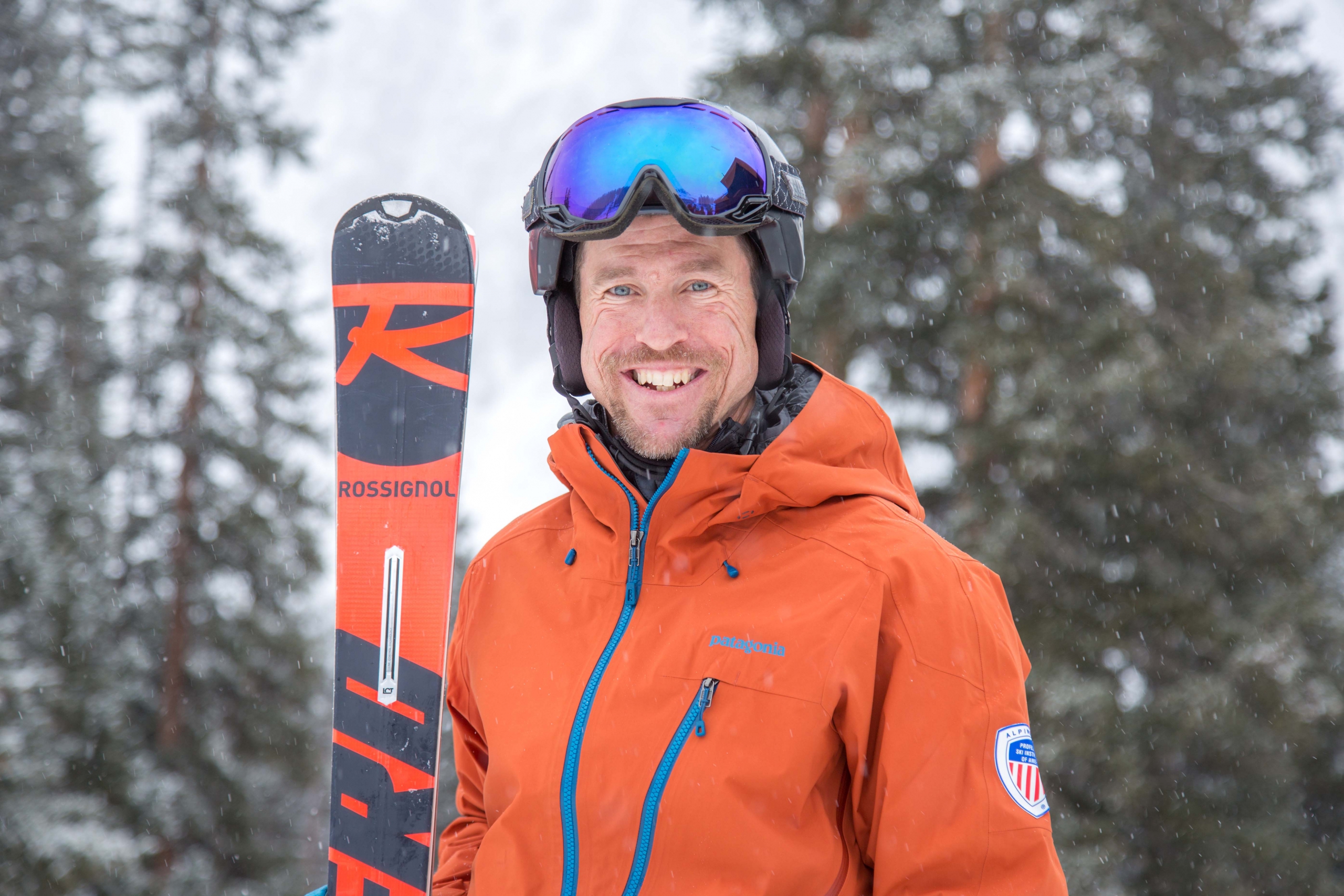Alpine Team’s Josh Fogg Discusses the Impact and Opportunity of Digital Learning
Digital learning options, including webinars, online movement analysis clinics and stay-at-home fitness opportunities exploded over the offseason.
Here, Alpine Team member Josh Fogg shares some of the highlights. You can also watch a recorded version of the Experiential Learniing & Teaching – To Kolb & Beyond webinar with Horst Abraham, Josh Fogg, Jonathan Ballou, and Michael Rogan.
What are some of the highlights of digital learning?
Our organization champions lifelong learning, and the recent webinars that sprouted up are a great example of how members can continue to learn. I have enjoyed working with different forms of our traditional education patterns by bringing people together who wouldn’t always have had a chance to interact and collaborate.
It gave us an opportunity to address topics from different angles. I enjoyed getting to host former alpine team member Deb Armstrong, and current alpine team members Michael Rogan and Jonathan Ballou in a webinar about “great skiing’’ and what they value and strive for in the sport. It gave us a way to turn things around and think about skiing from a “feed-forward” versus a “feedback” perspective.
How pronounced is this phenomenon in comparison to previous years?
We have been developing e-learning courses for the past few years, and the Rocky Mountain Division tossed around the idea of creating monthly webinars, but the idea took a back seat to our traditional education practices. With the pandemic and sudden end to our season, we shifted gears and spent a lot of effort developing our online learning program. I was directly involved with six webinars in late April and early May, which was six more than I had ever done.
How critical has digital learning been in light of the early closures?
It created a great way for us to show the membership we do care about them, and scrambled to find a way to connect. I know many presenters and participants in our webinars took the time to step back and reshape some thoughts we normally wouldn’t have had time to do.
For example, a couple movement analysis webinars I did focused on what “regulating the magnitude of pressure” meant in intermediate skiing. Normally, it’s a fundamental we don’t spend a lot of time with until advanced skiing, but the examiners I worked with felt it was important to tackle this in more basic skiing to help members develop their understanding.
How does this keep members involved during the offseason?
Many of us recognize fall or early winter as the start of the “next season.” For me, it starts in the spring. Something kicks into gear that gets me planning what I will work on next winter. I need to have the space away from teaching to start that “blue sky” thinking process. I hope our efforts during the offseason give members that same time and inspiration to start planning their next season.
How has this expedited the effort to achieve Strategic Alignment and National Standards?
It’s great to have weekly meetings with cohorts from across the nation to work through the challenges of Strategic Alignment and National Standards. I work on the People Skills Task Force with Ann Schorling, Katie Feucht, Jennifer Simpson Weier, Brian Smith, and Nick Alfieri. The shift in emphasis to online meetings has allowed us to check in frequently and work in a way I don’t think we would have had otherwise.
We are striving to speak to People Skills in a way that feels authentic to our world and jobs, has a pragmatic helpful feel, avoids judging people’s personalities, and is skill-based like the other parts of the Learning Connection Model. The online work has allowed us to collaborate with a broad collection of thinkers to develop these timeless skills into a framework that will move our industry forward in some important ways.







